Indigenous Governance Database
nation building
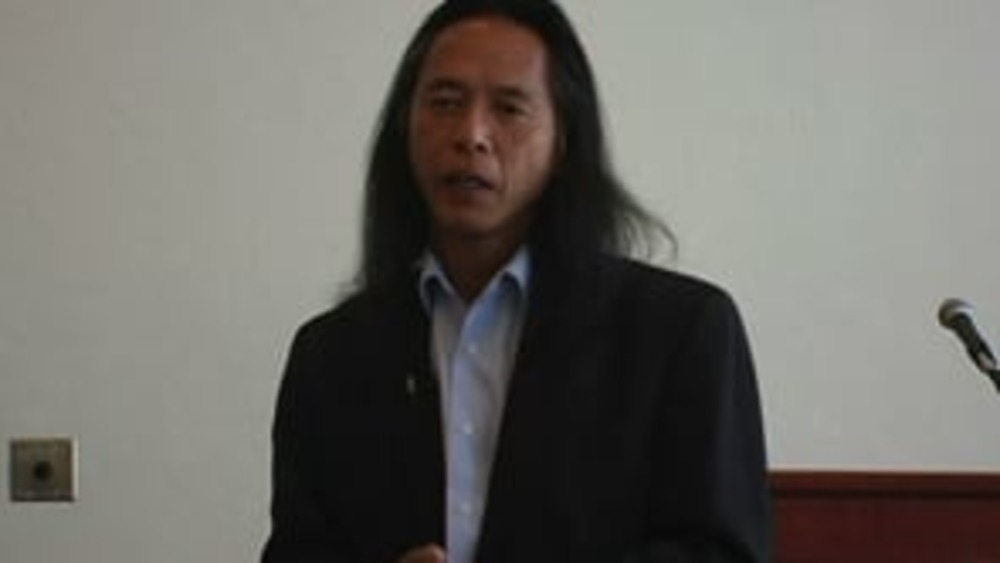
Ron His Horse Is Thunder: The Keys to Effective Governance and Economic Development: Predictability and Sustainability
Former Chairman of the Standing Rock Sioux Tribe Ron His Horse Is Thunder discusses why predictability and sustainability are so critical to effective Native nation governance and economic development.
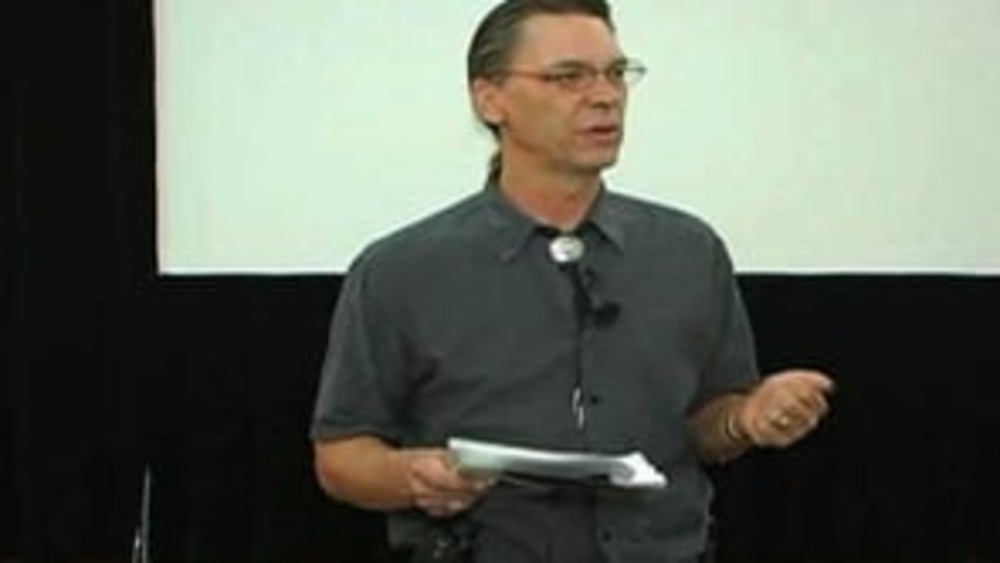
From the Rebuilding Native Nations Course Series: "Justice Systems: Key Assets for Nation Building"
Professor Robert A. Williams, Jr. discusses how an effective, independent justice system can play a pivotal role in a Native nation's efforts to exercise its sovereignty and strengthen its communities.
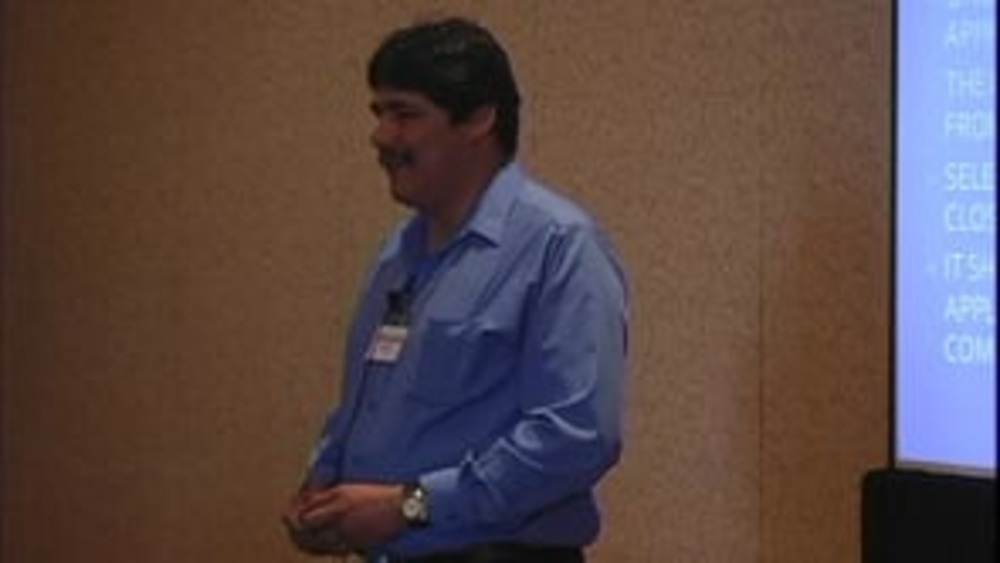
Greg Gilham: Engaging the Nation's Citizens and Effecting Change: The Blackfeet Nation Story
Greg Gilham, Former Chair of the Blackfeet Nation's Constitution Reform Committee, discusses the process the committee developed to move constitutional reform forward.
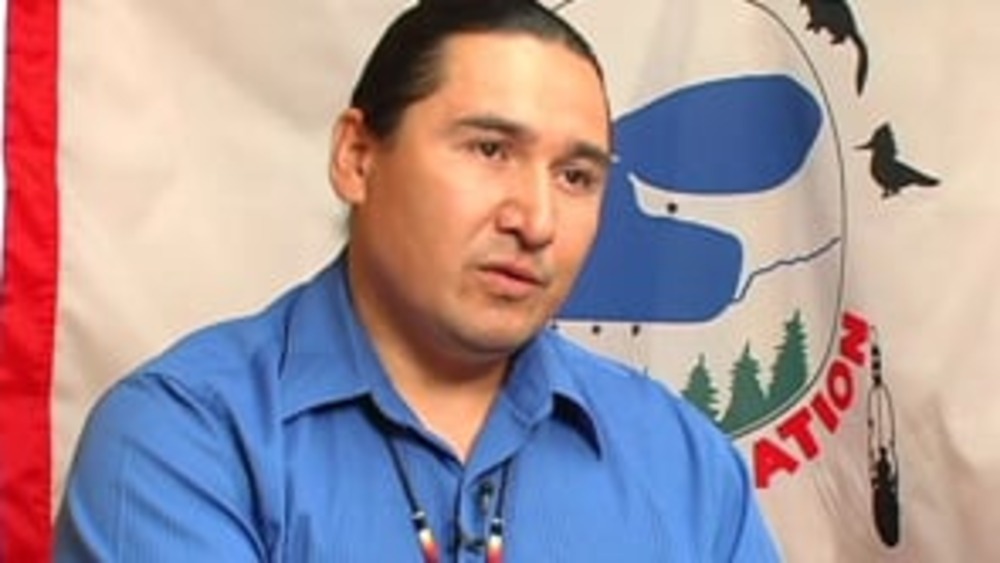
From the Rebuilding Native Nations Course Series: "Defining Sovereignty"
Native leaders offer their definitions of what sovereignty is and what it means for Native nations in the 21st century.
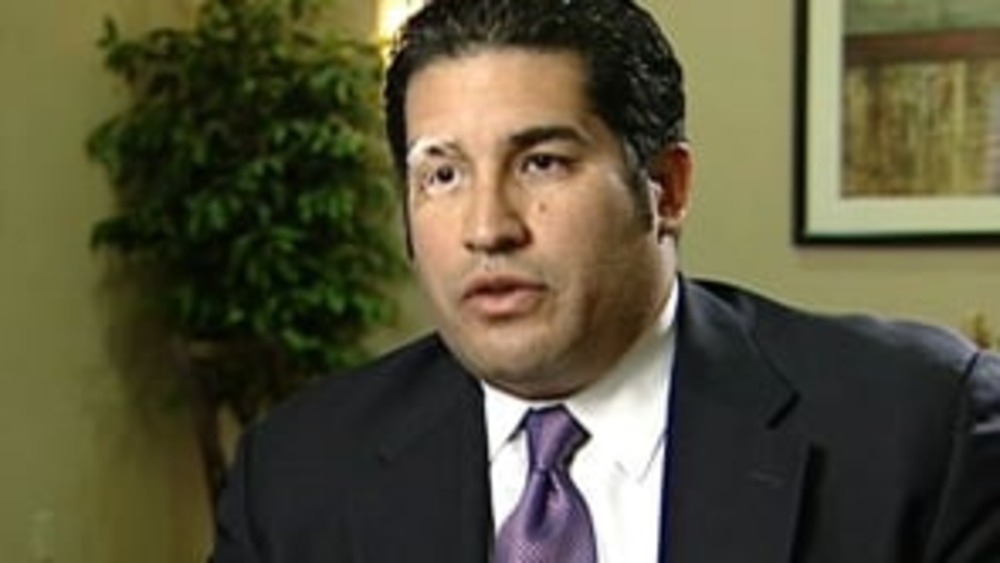
From the Rebuilding Native Nations (RNN) Course Series: "What is Nation Building?"
Native leaders define what nation building means to them, and what it entails for Native nations who are working to reclaim control over their own affairs and build vibrant futures of their own design.Learn about the RNN Course Series
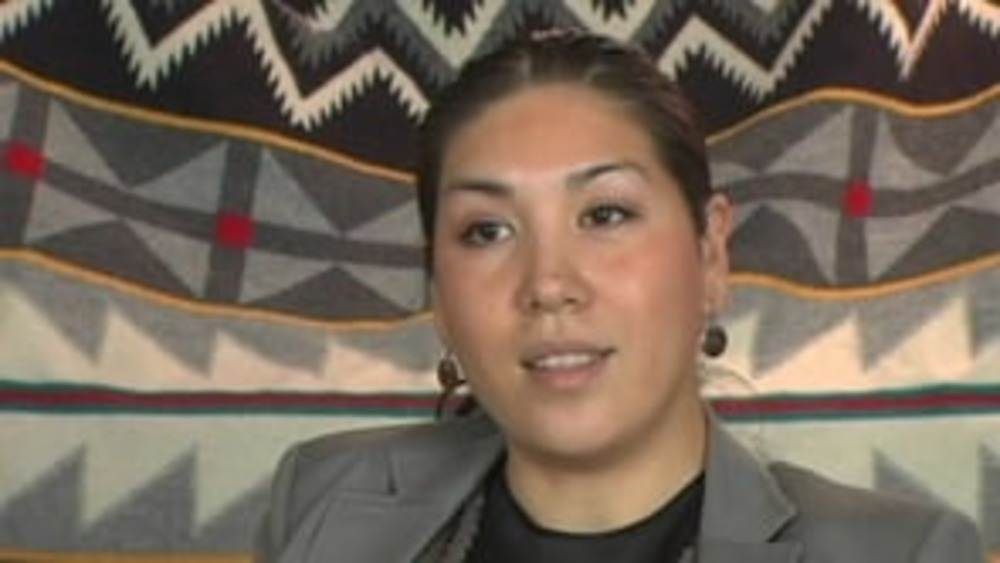
From the Rebuilding Native Nations Course Series: "Intergovernmental Relationships: Tools for Nation Building"
Native leaders discuss the ways that intergovernmental agreements serve as important nation-building tools for Native nations, strengthening their sovereignty and jurisdiction in the process.
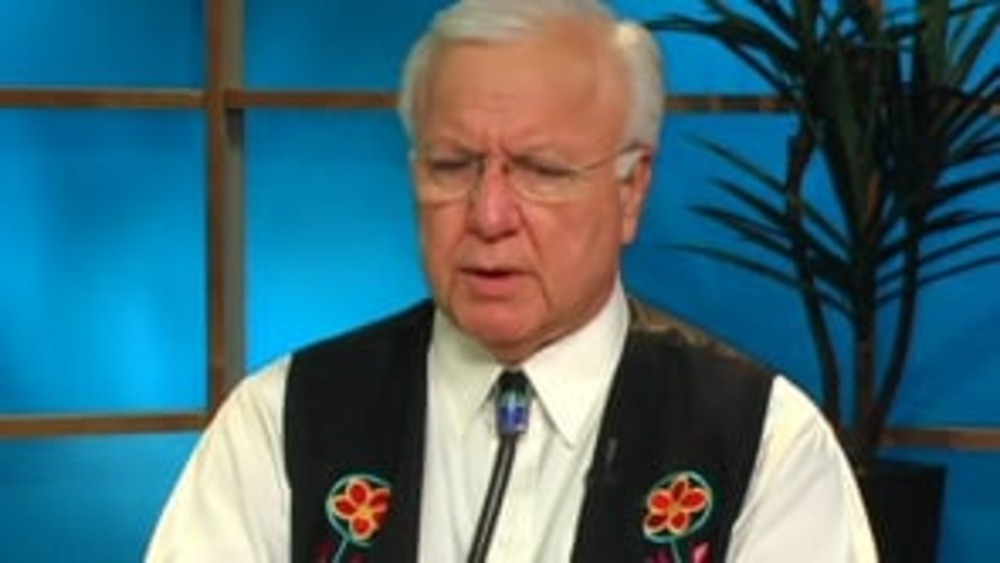
From the Rebuilding Native Nations Course Series: "Why are Some Native Nations More Successful than Others?"
Native leaders offer their perspectives on why some Native nations have proven more successful than others in achieving their economic and community development goals.
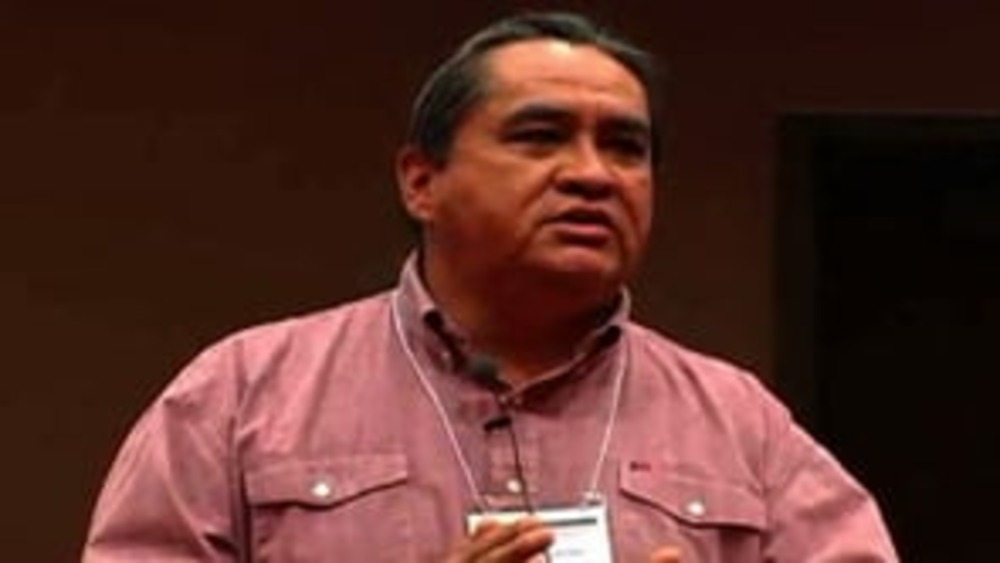
From the Rebuilding Native Nations Course Series: "The Importance of Capable Governing Institutions"
Dr. Manley Begay discusses the critical role capable governing institutions play in Native nations' ability to effectively exercise their sovereignty, in particular institutions designed to ensure the neutral resolution of disputes and the careful management of the relationship between tribal…
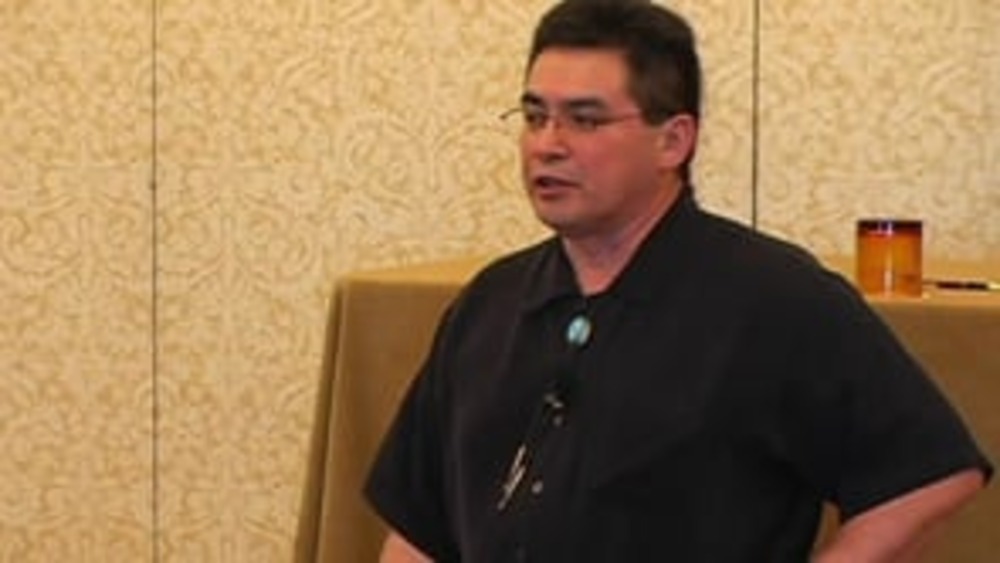
From the Rebuilding Native Nations Course Series: "The Benefits of Intergovernmental Relations"
Former Nez Perce Tribal Treasurer Jaime Pinkham discusses the concrete benefits of engaging in intergovernmental relations for Native nations.
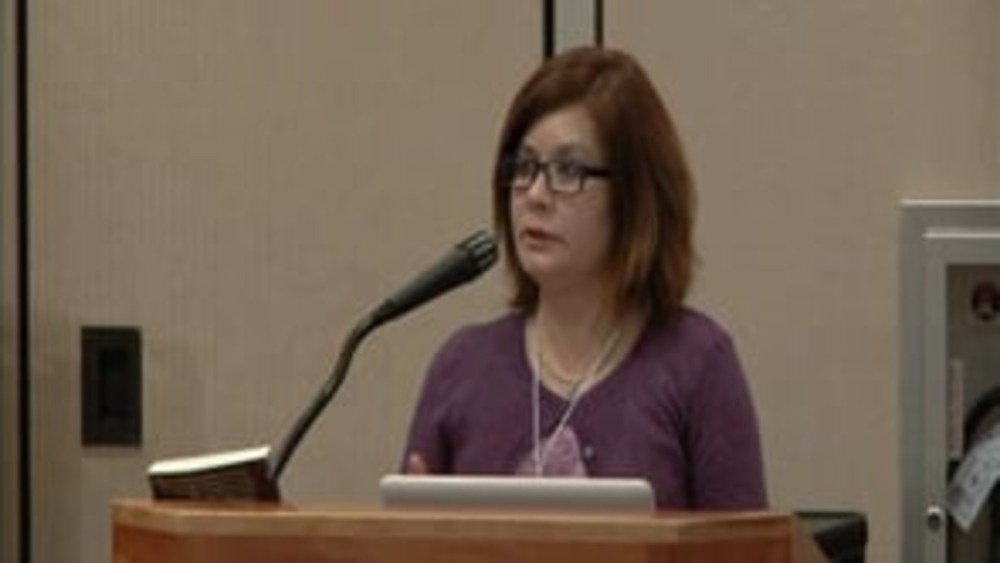
Patricia Riggs: Educating and Engaging the Community: What Works?
Ysleta del Sur Pueblo Economic Development Director Patricia Riggs shares the citizen education and engagement strategies her nation employed in strengthening its governance system. This video resource is featured on the Indigenous Governance Database with the permission of the Bush…
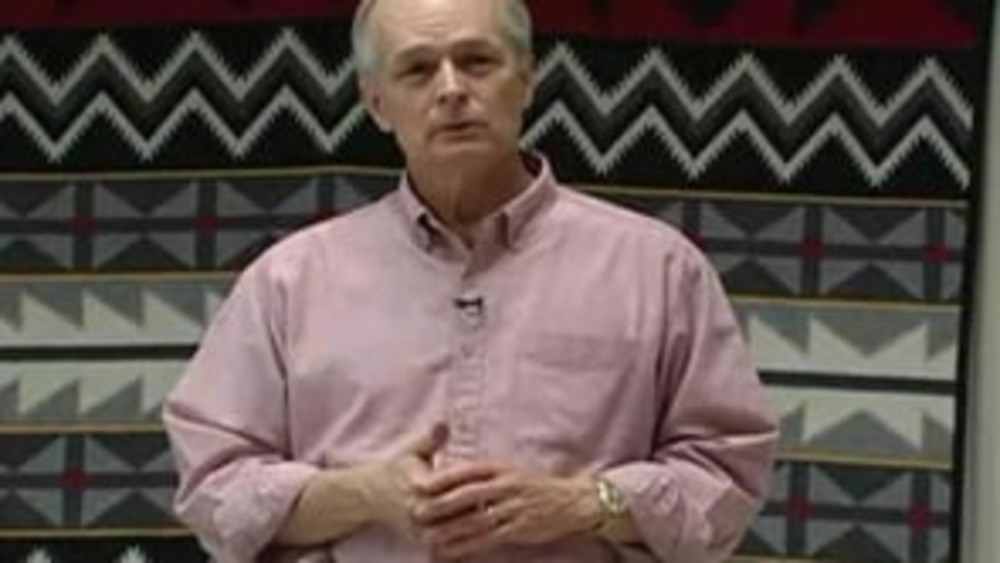
From the Rebuilding Native Nations Course Series: "Remaking the Tools of Governance: What Can Native Nations Do?"
Harvard Project on American Indian Economic Development Co-Director Stephen Cornell discusses the need for Native nations to reclaim and remake their tools of governance in order to meet the nation-building challenges they face today.
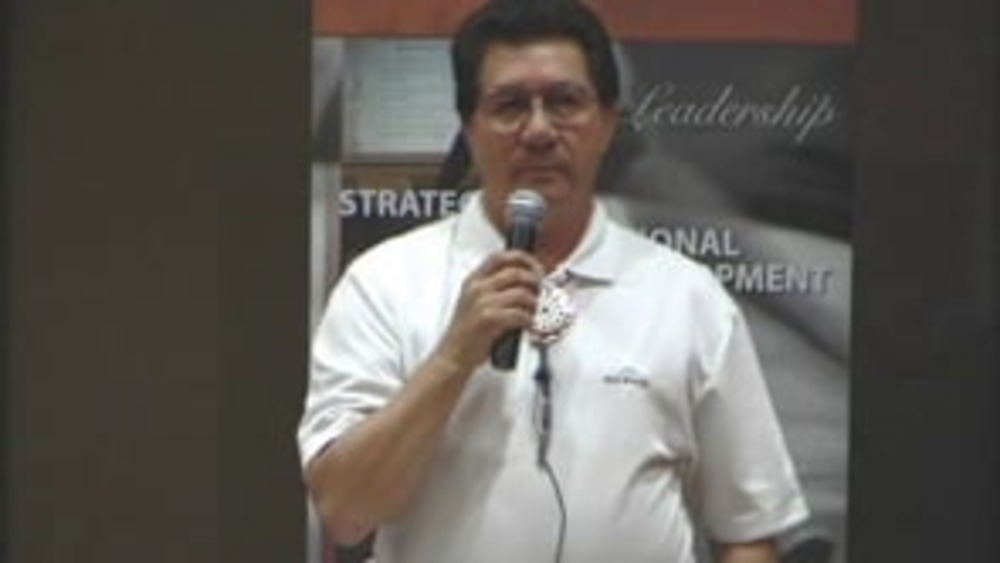
Michael K. Mitchell: What I Wish I Knew Before I Took Office
Mohawk Council of Akwesasne Grand Chief Michael K. Mitchell reflects on his role as a modern elected leader of his nation. Mitchell encourages small changes in terminology and ideology that in turn will change the community's mindset about nation rebuilding and what is possible.
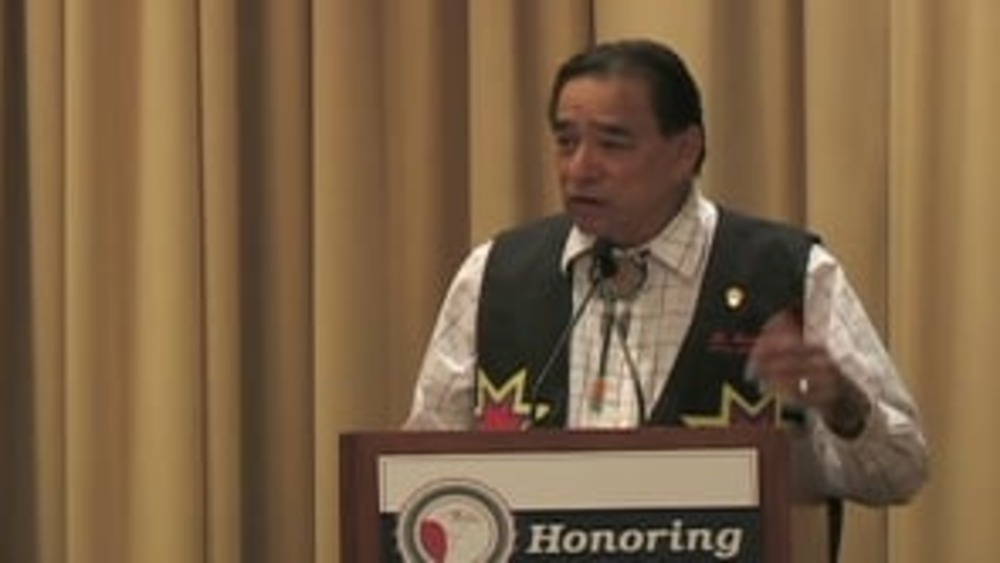
Honoring Nations: David Gipp: Sovereignty, Education and United Tribes Technical College
United Tribes Technical College President David Gipp discusses the impetus behind the establishment of United Tribes Technical College (UTTC) and the emergence of the tribal college movement, the growth of UTTC over the past four decades, and the critical roles tribal colleges and universities play…
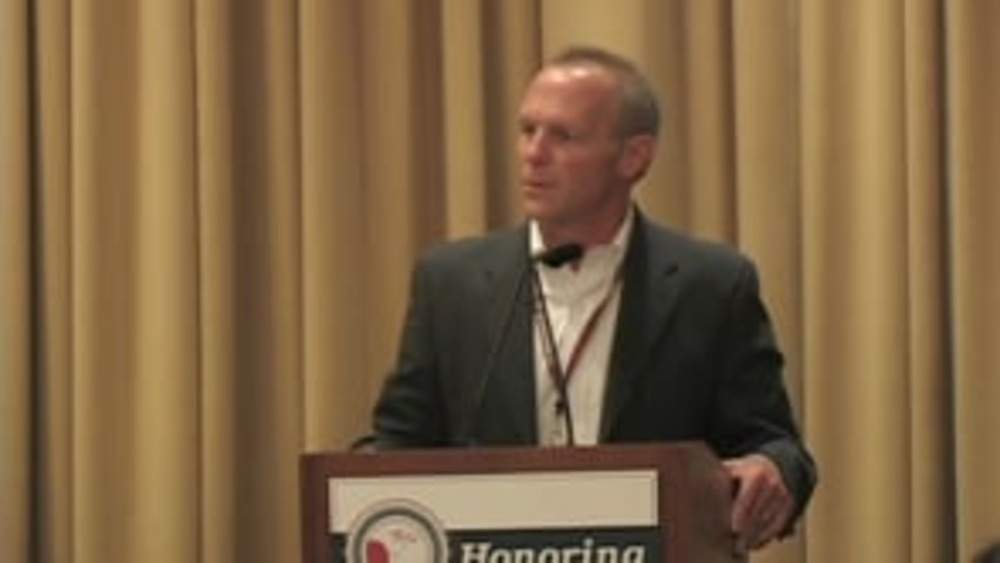
Honoring Nations: Joseph P. Kalt: A New Era of Governmental Relations
Harvard Project on American Indian Economic Development Co-Director Joseph Kalt stresses that the only policy that has ever created and sustained community and economic development in Native communities is self-determination. He also introduces Jodi Gillette, Senior Policy Advisor for Native…
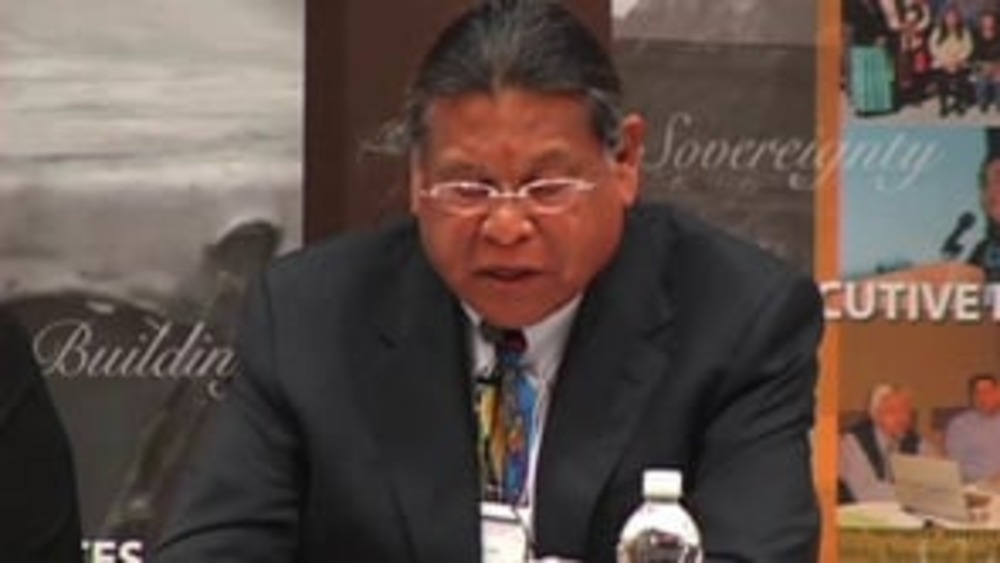
Anthony Pico: What I Wish I Knew Before I Took Office
Viejas Band of Kumeyaay Indians Chairman Anthony Pico reflects on his experiences as leader of his nation, and stresses the importance of Native nations strengthening their systems of governance in order to protect and strengthen their cultures and ways of life.
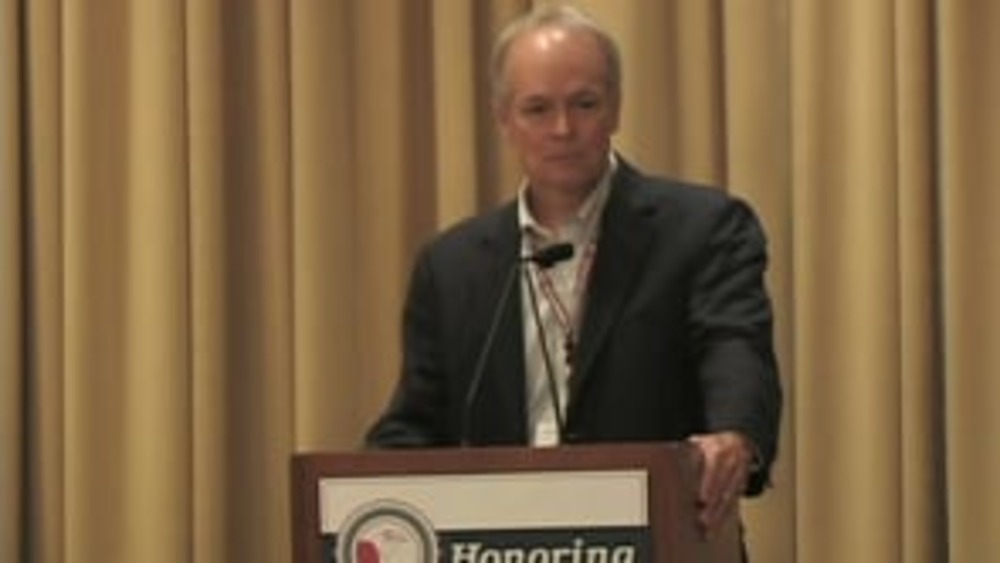
Honoring Nations: Stephen Cornell: The Growth of Honoring Nations
Harvard Project on American Indian Economic Development Co-Director Stephen Cornell emphasizes the growth and impact of the Honoring Nations program throughout not only the United States, but the entire world.
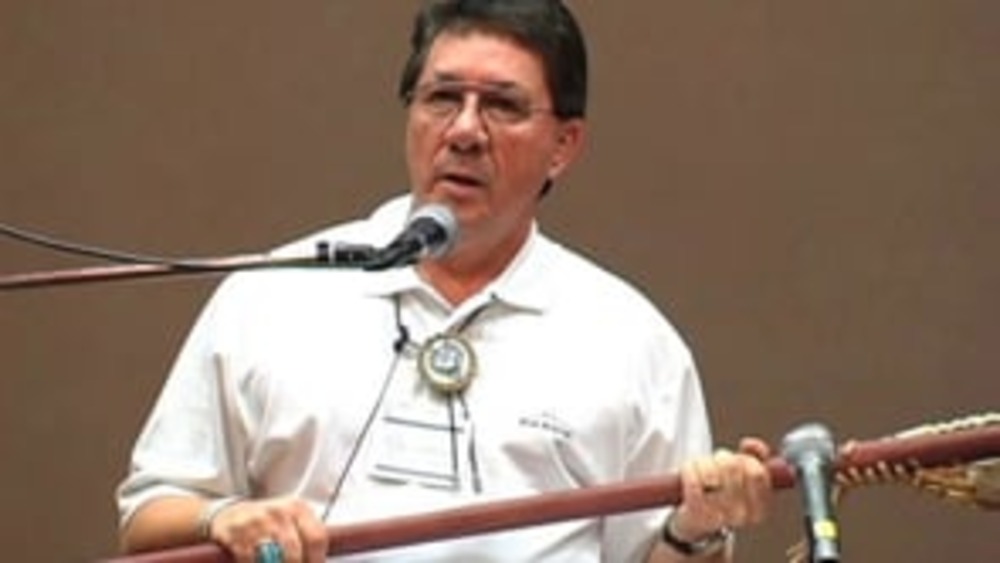
Michael K. Mitchell: Perspectives on Leadership and Nation Building
Mohawk Council of Akwesasne Grand Chief Michael K. Mitchell discusses the Akwesasne Mohawk's effort to regain control over their own affairs, and offers his advice to leaders who are working to regain jurisdiction over their lands and resources as well as rebuild their nations.
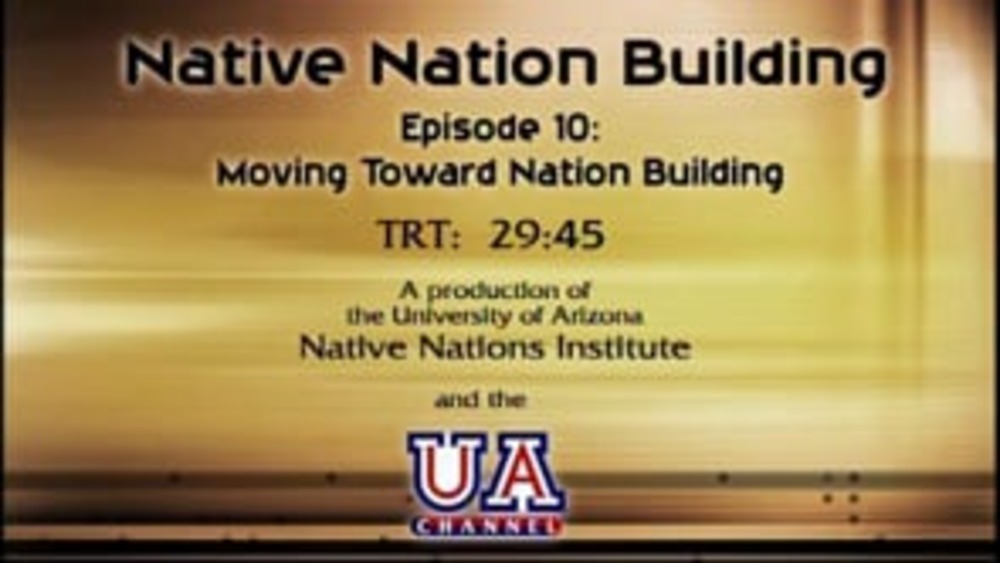
Native Nation Building TV: "Moving Towards Nation Building"
Manley A. Begay, Jr. and Stephen Cornell contrast the two basic approaches to Indigenous governance -- the standard approach and the nation-building approach -- and discusses how a growing number of Native nations are moving towards nation building. It provides specific examples of how implementing…
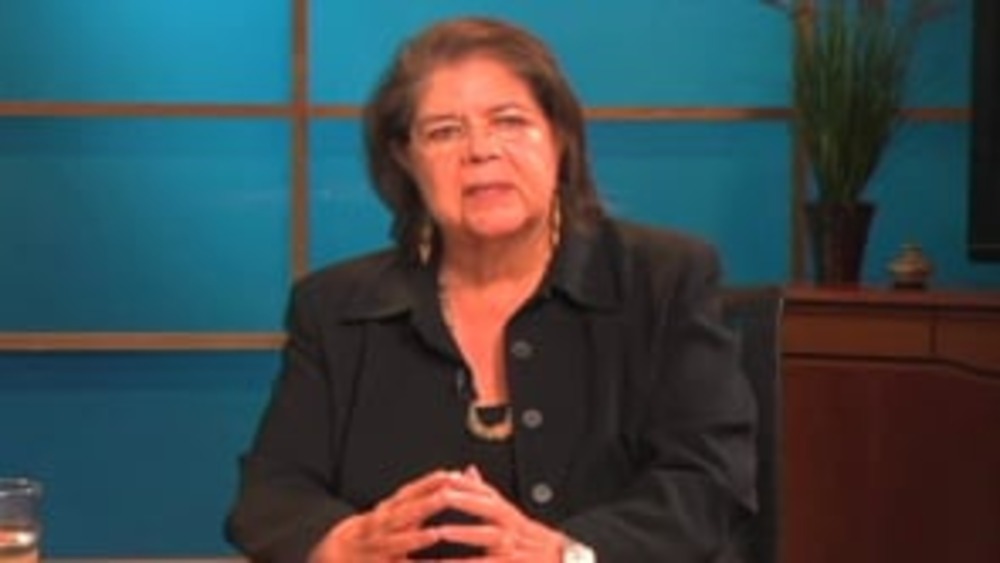
Wilma Mankiller: Governance, Leadership and the Cherokee Nation
As part of its ongoing interview series "Leading Native Nations," the Native Nations Institute (NNI) interviewed Wilma Mankiller, the late and former Chief of the Cherokee Nation, in September 2008. In the interview, she discussed her compelling personal story as well as the challenges the Cherokee…
Honoring Nations: Brian Cladoosby: Sovereignty Today
Swinomish Chairman Brian Cladoosby offers his perspective on what tribal sovereignty means today. He argues that the long-term sustainability of Native nations hinges on their right and ability to decide their own affairs and determine their own futures, and stresses the importance of educating…
Pagination
- First page
- …
- 2
- 3
- 4
- …
- Last page
